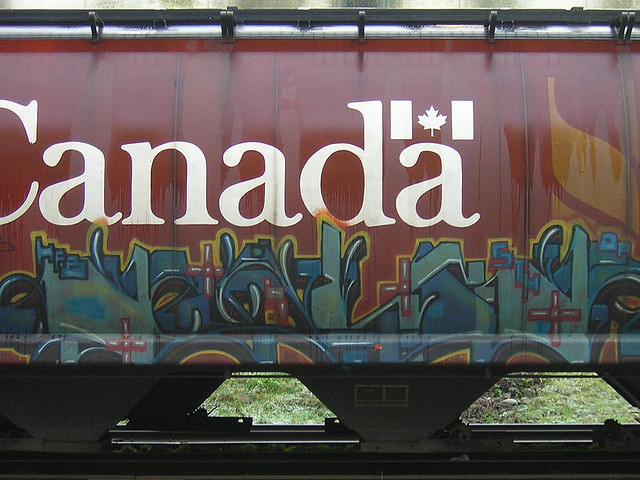Anthropology 378 – Anthropology of Media
Discussion Questions
Article: Egyptian Melodrama—Technology of the Modern Subject? – Lila Abu-Lughod
Group Members: Ashleigh Murphy, Elsa Chanez, Abigail Manuel, James C, Morgan Radbourne and Kayla Morley
Video Clips:
Egyptian Melodrama Drama: Al-Gama’a
https://www.youtube.com/watch?v=99J4M1Dq6m4&feature=channel
Bold and Beautiful
https://www.youtube.com/watch?v=RRAlemPefo0&feature=related
Discussion Questions:
1. What is a melodrama? Are there similarities and differences seen in the video clips between the Egyptian melodramas described in Lila Abu-Lughod article compared to Western melodramas? If so, what are they?
2. The author notes Raymond William’s suggestion that Television has become so ingrained in our lives that it has led us to “see our own daily lives as dramas”(118). Do you feel this is true? Has the presence of narratives from Television, or even Movies, made you change your view of your life in a more dramatic way? Do you believe you view your life differently because of the omnipresence of Television and Film dramas in our daily lives? What ways do you believe you would view the world differently in absence of the dramas of Television and Film?
3. Lila Abu-Lughod states that melodramas can work on viewers in many ways, her focus being emotionality. Are there other ways in which melodramas can affect individuals lives? Or do melodramas not affect its audience?
4. Television drama in Egypt is seen not simply as entertainment but as a means to mold national community. This seems to be in stark contrast to the agenda of the Western soaps which seem to possess little or no political or social agenda that is discernible. Is capitalism (ie. the fear of losing advertiser’s support) the main obstacle to Western soaps involving more personal, political, and social messages like in the Egyptian Melodrama? Why are Western soaps so seemingly vacuous when it comes to content?
Additional Questions
1. Are there positive or negatives to putting programs based on religious/epic narratives on television? If so, what are they? Are there ways to avoid these positive or negative aspects?
In the article it talks about the epic of AbuZayd al-Hilali where the narrative poetry is portrayed differently compared to when it is put on TV. Does this take away from the legitimacy of the original? If so, how and why?
Please see the below video clip related to the epic of AbuZayd al-Hilali from the article.
This clip is in Spanish, but in the beginning of it it shows how the epic texts it old through song (i.e., another medium). It is interesting how the melodrama chooses to focus on the birth of the hero (only six lines in the original) and the drama that followed the birth. In the article, Lila Abu-Lughod argues that it is because of these features that this episode was one of the first of the series in order to draw people in.
Can we think about any religious stories that we are familiar with in North America that could be portrayed in the same way? Would some aspects of the melodrama need to be emphasized for people to be “drawn in”?
Please see the below video clip related to the birth of the baby at 10:43 into the clip from the Egyptian melodrama:
http://youtu.be/rtTVdYFA7Pc

